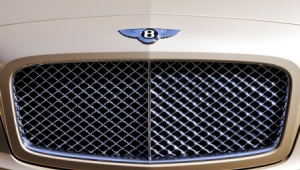| Columns Retired Columns & Blogs |
I have collected counterfeit versions of LPs and books (but, that probably won't surprise many of you by now.) It's interesting to see the varying quality of pressings or printings. It can be useful to compare the very good fakes side by side with the genuine article. Sometimes it's almost more fun to come across a fake because the real item is more common or you're so familiar with the genuine item that the fake is refreshing.
























